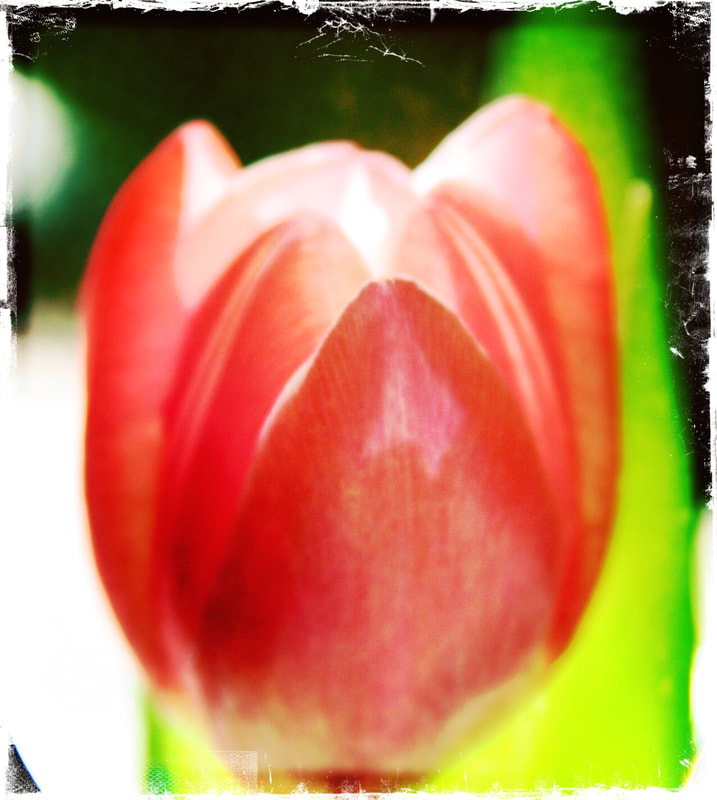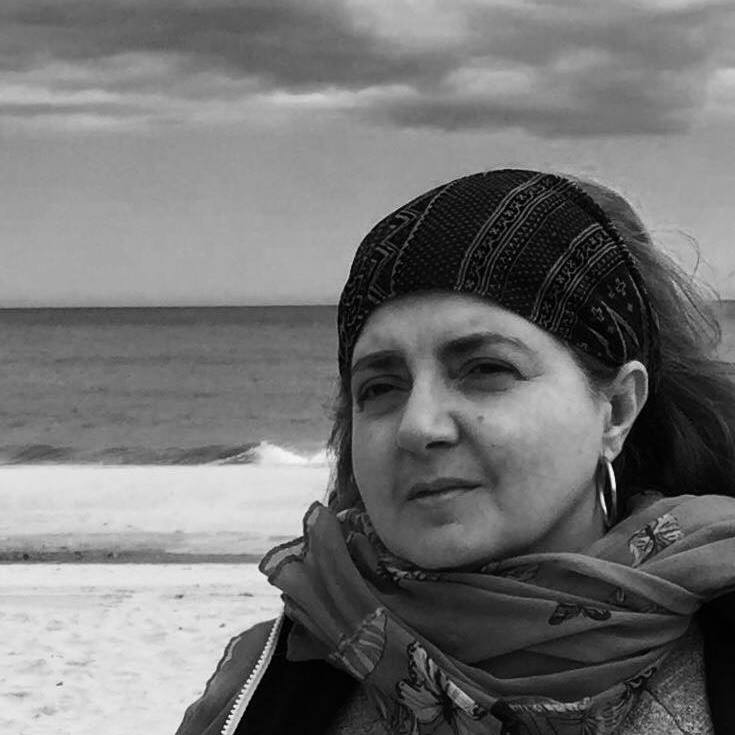ASSAY: A JOURNAL OF NONFICTION STUDIES
5.1
5.1
|
8 December 2016
Elijah, The mud under my fingernails is not from clay. It’s from clawing. I double knot your shoelaces. I steer your scooter away from walls. But I can’t protect you. Not from bumblebees. Not from foul balls. Not from the flying objects that count. I wish I could mold the world for you. I’d palm water to mend cracks, soften edges, pinch thick spots thin. The world I’d sculpt for you would be glazed in blue shine, smooth all over, and so, so loved. Here is a map of a dangerous place. It might help you plant your feet on the ground. And a firm stance is the most important part of fighting. Freddie Gray died from a broken back, cracked in a police van, on the day we drove you home from the hospital. You sat in your car seat, between your father and me. You didn’t have the strength to hold your head up. It flopped, from side to side. It fell onto your chest. —Meghan Flaherty [1] "Without community there is no liberation, only the most vulnerable and temporary armistice between an individual and her oppression. But community must not mean a shedding of our differences, not the pathetic pretense that these differences do not exist." --Audre Lorde, Sister Outsider I stumbled upon memoir over twenty years ago, in 1996, when I read the galleys of a new memoir by an Italian American writer whom I had known only as Virginia Woolf’s biographer and critic. At the time, I was a young academic who had recently turned away from James Joyce, the subject of my Ph.D. dissertation, to focus on Italian American studies. Joyce had served as an ideal literary father in my early years in the United States, when I saw myself as an Italian student abroad rather than an immigrant, and felt the allure of the modernist expatriates. As time passed, and my migration became as permanent as the move to another country can ever feel, I felt drawn to women writers who explored the reverberations of displacement and disconnection from Italy. For many of these women, the family migration long preceded their birth, and yet I felt a kinship. It was the early 1990s. That these writers were barely recognized as a literary group only made them more attractive. The pull of personal ethnic identity and long-standing feminist politics intersected in my new scholarly choice.
When I first read Vertigo, I recognized, as many Italian American women did, its radical quality. In this “unlikely narrative of how a working-class Italian girl became a critic and writer” (xxxvii), Louise DeSalvo dared to rewrite the history of her Italian American family, rejecting the trajectory of uncomplicated and successful assimilation. [2] If Italian American writers like Tina De Rosa wrote longingly of a lost home and family, DeSalvo wrote openly of the cultural anxiety and mental health issues that had haunted her family; she wrote as a writer and feminist biographer who had explored the impact of incest on Woolf’s life and work and used those strategies to understand her own familial and cultural experiences. Her raw and relentless exposure of what ailed her Italian American family—depression, suicide, domestic violence, sexual abuse—was a brave and necessary step that would lead to a layered and nuanced cross-generational personal and cultural exploration, actualized in several memoirs that she wrote in the following two decades, culminating in Chasing Ghosts and The House of Early Sorrows. Vertigo signaled the beginning of a new phase of Italian American feminist writing. [3] It also influenced much of my own work as an Italian American scholar. Reading Vertigo at an early stage in my career marked a pivotal shift as I grappled with my own ambivalent relationship to my culture of origins, which I articulated by infusing bits of memory work into my own scholarly writing. When, a year or so after reading Vertigo, I started teaching memoir, I recognized the potential for cross-fertilization between that genre and Italian American studies. [4] Such recognition has led me to experimenting in a kind of writing that, in the spirit of feminist practices, collapses the personal and the political. My work in Italian American studies has also deeply influenced my pedagogical practice. The concepts of emergence, recovery, recognition, agency, and community, for example, have proven essential to my work as an Italian American scholar and a teacher of memoir. Now, going full circle, I want to propose that the pedagogy of memoir can contribute to the field of Italian American studies. Indeed, memoir writing offers unique opportunities for cultural practices that would allow Italian American studies to transcend disciplinary and cultural limits, thus enhancing the field’s increasing relevance beyond insular boundaries. Such boundaries can lead to a self-defeating cultural/nationalistic identity to which memoir, as a cross-cultural pedagogical practice, offers an effective and exciting antidote. Key chapters in Italian American history––such as the persecution of Southern Italian immigrants, the involvement of Italian immigrants in anarchist and socialist groups, the presence of Italian workers in the Triangle Shirtwaist Factory fire, the internment of Italian immigrants in World War 2—offer important insights that are relevant in today’s climate of intolerance and discrimination. Integrating this historical and cultural knowledge into personal writing can prove invaluable to Italian American student writers and their diverse writing communities. It is also in line with the field’s growing focus on the Italian diaspora and immigration in contemporary Italy (Parati and Romeo). As an interdisciplinary subject, Italian American studies typically includes courses from such disciplines as literature, history, sociology, American studies, ethnic studies, art, and music. The field can find renewed pedagogical energy and focus in the cross-cultural, self-reflective writing produced in memoir workshops that foster both cultural agency and cross-cultural understanding and community. Italian American studies stands to benefit from the inclusion of a culturally informed creative writing pedagogy of memoir in its curriculum—as a program requirement. And while my argument specifically addresses Italian American studies, it can be easily applied to other programs that focus on a singular cultural or ethnic experience.
|
|
Edvige Giunta is Professor of English at New Jersey City University. Her books include Writing with an Accent: Contemporary Italian American Women Authors, and the coedited anthologies, The Milk of Almonds, Italian American Writers on New Jersey, the MLA guide to Teaching Italian American Literature, Film, and Popular Culture, Embroidered Stories: Interpreting Women’s Domestic Needlework from the Italian Diaspora, and Personal Effects: Essays on Memoir, Teaching, and Culture in the Work of Louise DeSalvo.
|

